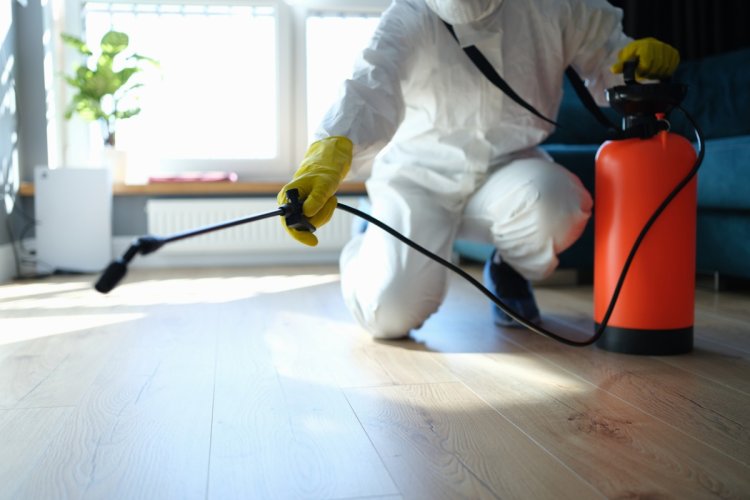Integrated Pest Management: A Holistic Approach to Pest Control

Introduction
Pest infestations can be a nuisance, causing stress, health risks, and damage to our homes and surroundings. Traditional pest control methods often rely on the excessive use of pesticides, which can have detrimental effects on the environment, non-target species, and human health. Enter Integrated Pest Management (IPM), a holistic and sustainable approach that aims to manage pests while minimizing these negative impacts. In this blog post, we'll explore the concept of Integrated Pest Management and its key principles.
Understanding Integrated Pest Management (IPM)
Integrated Pest Management is a multifaceted approach that focuses on preventing and managing pest problems through a combination of environmentally friendly strategies. The goal of IPM is to maintain pest populations at levels that do not pose a threat to human health, property, or the environment. Rather than relying solely on chemical pesticides, IPM integrates various techniques to create a balanced and effective pest control Perth management plan.
Key Principles of IPM
- Prevention: The cornerstone of IPM is prevention. By eliminating conditions that attract pests, such as food sources, water, and shelter, you can reduce the likelihood of infestations. This proactive approach helps to create an environment that is less hospitable to pests in the first place.
- Monitoring and Identification: Regular monitoring and accurate identification of pests are essential in IPM. Understanding the pest's life cycle, behavior, and vulnerabilities allows for targeted interventions and prevents unnecessary pesticide use.
- Thresholds: IPM sets action thresholds that determine when intervention is necessary. This prevents the use of pesticides when pest populations are not yet causing significant harm. Thresholds are based on factors such as pest population levels and potential economic or health impacts.
- Cultural Controls: These involve modifying the environment to discourage pests. For example, choosing pest-resistant plant varieties, practicing proper waste management, and maintaining cleanliness in and around the home are cultural control measures that make it difficult for pests to thrive.
- Biological Controls: Beneficial organisms, such as predators, parasites, and pathogens, can naturally regulate pest populations. By introducing or enhancing these natural enemies, IPM harnesses nature's balance to keep pests in check.
- Mechanical Controls: Physical methods, like trapping, exclusion, and barriers, are used to prevent pests from entering buildings or specific areas. This reduces the need for chemical treatments.
- Chemical Controls: While minimizing reliance on chemicals is a core principle of IPM, judicious use of pesticides may still be necessary. However, IPM prioritizes the use of least-toxic options and targets only the affected areas, minimizing environmental impact.
Benefits of IPM
- Environmental Protection: IPM significantly reduces the use of toxic chemicals, leading to less pollution of air, water, and soil. This approach promotes the preservation of beneficial insects, wildlife, and overall ecosystem health.
- Human and Pet Safety: By using safer and more targeted pest control methods, IPM reduces the risk of pesticide exposure for humans and pets.
- Sustainable Agriculture: In agriculture, IPM practices can improve crop yields and quality while reducing the need for chemical inputs, ultimately benefiting farmers, consumers, and the environment.
- Cost-Effectiveness: While implementing IPM may require an initial investment, it can lead to long-term savings by preventing infestations and minimizing the need for repeated treatments.
Conclusion
Integrated Pest Management offers a holistic and balanced approach to pest control, focusing on long-term solutions that respect the environment and human well-being. By incorporating preventive measures, monitoring, and a variety of control strategies, IPM addresses pest problems while minimizing risks and unintended consequences. Whether applied in residential settings, agriculture, or commercial spaces, IPM represents a responsible way to manage pests and maintain a harmonious coexistence with the natural world.
Read More: How to Choose the Right Pest Control Company: Factors to Consider.
















